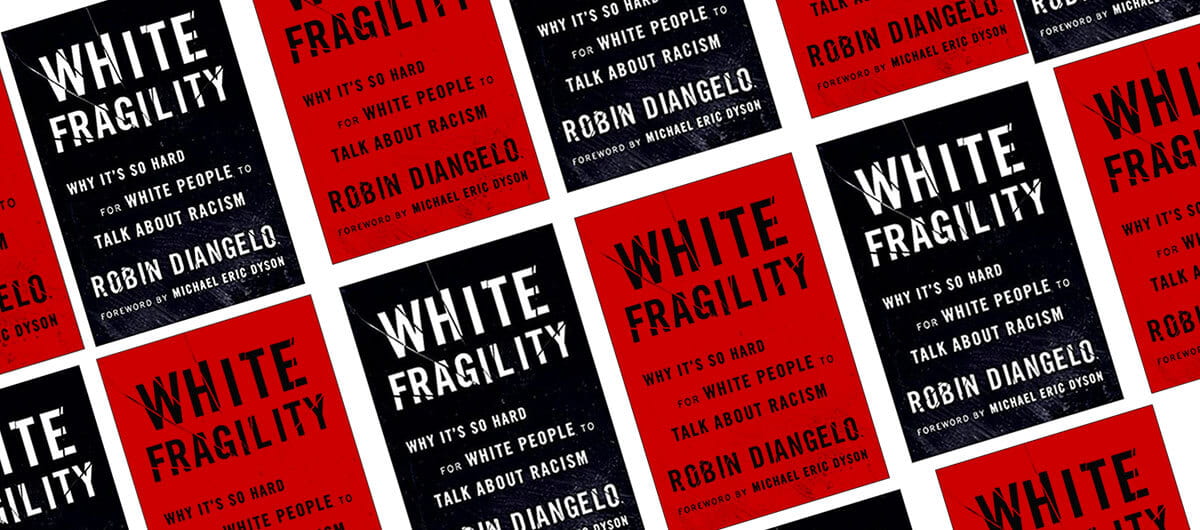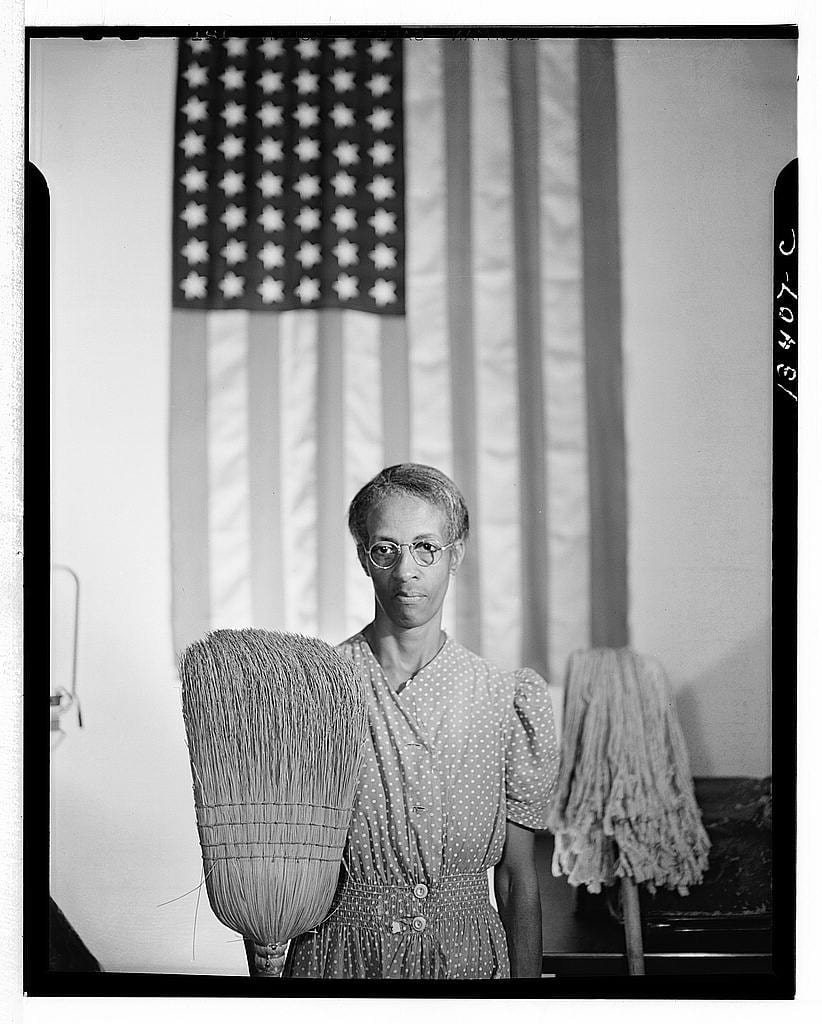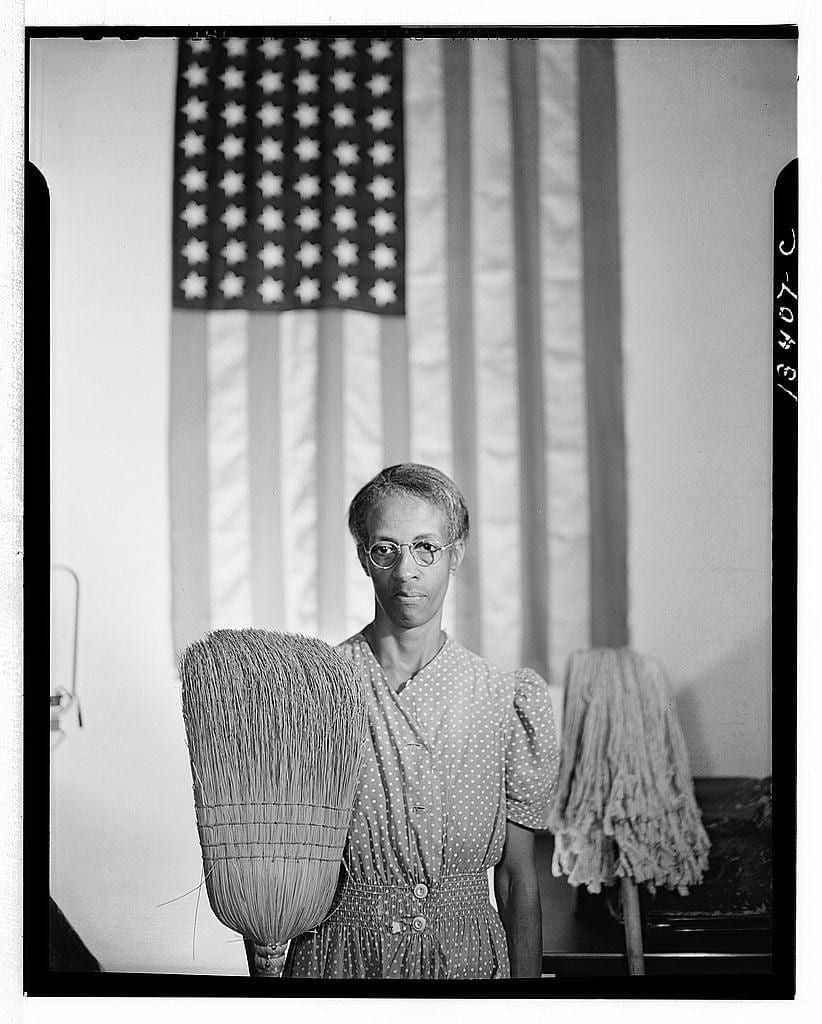by Mary Johnson-Butterworth

I recently read White Fragility by Robin Diangelo. Diangelo is an academic, lecturer, and author and has been a consultant and trainer on issues of racial and social justice for more than twenty years. She formerly served as a tenured professor of multicultural education at Westfield State University.” I picked up the book because I am trying to understand and eradicate any micro-aggressions directed toward people of color on my part and to woman up to my own racism. Identifying as both white and fragile puts the onus for my education and change on friends and acquaintances of color, and I wanted to take responsibility for my own rehabilitation.
DiAngelo conceived of white fragility from years of facilitating diversity training where “good” white people became incensed when faced with any suggestion of racist identity in their own lives. How does it connect to racism? Racism, the oppression of a dominant group by a targeted group based on skin color, is a complex, multi-layered structure—not an event. “Racism hurts (even kills) people of color 24-7. Interrupting it is more important than my feelings, ego, or self-image,” writes Diangelo. She also maintains that, when it comes to racism in the U.S., no choir exists to whom we can preach. Regardless of our upbringing as white people, we all are indoctrinated by a potent combination of entitlement, individualism, comfort, safety, normalcy, and supremacy that other races cannot access. Diangelo suggests that a person of color may refuse to wait on me in a store, but I still have the power, as a white person, to manipulate which neighborhood she can choose and, therefore, the caliber of schools her child attends, hence debunking the existence in our society of reverse racism.
*Lack of understanding of what racism is
*Seeing ourselves as individuals, exempt from the forces of racial socialization
*Failure to understand that we bring our group’s history with us, that history matters
*Assuming everyone is having or can have our experience
*Lack of racial humility, and unwillingness to listen
*Dismissing what we don’t understand
*Lack of authentic interest in the perspectives of people of color
*Wanting to jump over the hard, personal work and get to “solutions”
*Confusing disagreement with not understanding
*Need to maintain white solidarity, to save face, to look good
*Guilt that paralyzes or allows inaction
*Defensiveness about any suggestion that we are connected to racism
*A focus on intentions over the impact
Aversive racism allows us white people to remain racist and still feel good about ourselves by rationalizing segregation in schools as the need for “good schools,” and the overabundance of whites in the workplace “because they [people of color] don’t apply.” White folks get away with the use of coded language such as urban, underprivileged, diverse, sketchy, and good/bad neighborhoods to belie their racist underpinnings. The author relays a story of a white friend who called to say they had a mutual friend who bought a ridiculously cheap house in a New Orleans neighborhood, but her friend felt the need to buy a gun. When Diangelo responded, “I assume it’s a black neighborhood,” her friend said, “Yes, you get what you pay for. I’d rather pay $500,000 and live somewhere where I wasn’t afraid.” The woman never used the word “black,” but the implication was crystal clear. Toni Morrison alludes to “race talk,” designed to denigrate people of color, elevate white people, and keep in place the “us and “them” dichotomy.
While facilitating a workshop, the author questioned an African American man about what he would think if white people risked upsetting their white racial equilibrium to graciously receive feedback, reflect, and work to change their behavior. His immediate answer, “It would be revolutionary.” “However, we aren’t likely to get there if we are operating from the dominant worldview that only intentionally mean people can participate in racism.” Color blindness (“I don’t see color.”) and color celebration (“I have a good friend who’s black.”) often exempt white people from examining the racism impacting them daily. Most of us are taught to be kind, but “unless that kindness is combined with clarity and the courage to name and challenge racism, this approach protects white fragility and needs to be challenged.” “An honest accounting of our racist patterns is no small task given the power of white fragility and white solidarity, but it is necessary.”
According to Diangelo, studies show that white children develop a sense of white superiority as early as preschool. Although many millennials profess to living in a postracial society, when 626 white college students at 28 colleges across the U.S. were asked to keep journals of racial images, racial issues, or what they understood to be racist behavior for 6 to 8 weeks, over 7500 blatantly racist comments and actions committed by family, friends, acquaintances, and strangers were recorded.
White fragility can translate as bullying when a racial point is made by a person of color, and a white woman cries needing comfort or all of the energy goes to soothe or assuage the guilt of the white people in the room. The salient point is lost to white fragility, and nothing is learned.
Diangelo states that, in the U.S., anti-blackness is particularly prevalent, and white people’s history, as well as their present, is tied to abuse and devaluation of black bodies. Slavery, lynchings, police shootings of unarmed black men, the school to prison pipeline, even the dissing of a black man who “takes a knee,” reflect a White disdain for African Americans in this nation. Diangelo poses that it is a very different narrative to hail Jackie Robinson the first black man allowed by white people to play in the majors, rather than the first black man to have the skill to play in the majors.
Cover-to-cover, White Fragility is full of messages that are difficult for us white people to hear. I am indicted as a racist just by virtue of the society in which we live. We, White people, have the responsibility to transform our guilt into action. We must move past defensiveness, discomfort, the conscious unawareness of our role in overt or often covert racism, and the way we look to others. We must guard against allying with fellow racists in solidarity, forgetting that we are unconsciously invested in racism, refusing feedback from or not listening to people of color, and staying insulated in our cocoon of white equilibrium. If we find ourselves open to shoving our white fragility aside, we may accomplish the following:
*Minimize our defensiveness.
*Demonstrate our vulnerability.
*Demonstrate our curiosity and humility.
*Allow for growth.
*Stretch our worldview.
*Ensure action.
*Demonstrate that we practice what we profess to value.
*Build authentic relationships and trust.
*Interrupt privilege-protecting comfort.
*Interrupt internalized superiority.
Robin Diangelo offers us white folks the insights and the tools to explore and, with hard work, to overcome our white fragility in favor of transformation and enlightenment.
Mary Johnson-Butterworth, age 69, has been a social justice activist most of her adult life. She has facilitated social justice workshops for middle and high school students throughout the Birmingham area and beyond with the YWCA of Central Alabama, the National Conference for Community and Justice, the National Coalition Building Institute, and YouthServe. Mary has also been on staff at a residential YWCA diversity camp, Anytown Alabama, for 22 years and has facilitated trainings for corporate entities, Leadership Birmingham, and Project Corporate Leadership. She has recently discovered the power of poetry to transform her own life and the lives of impacted listeners.



